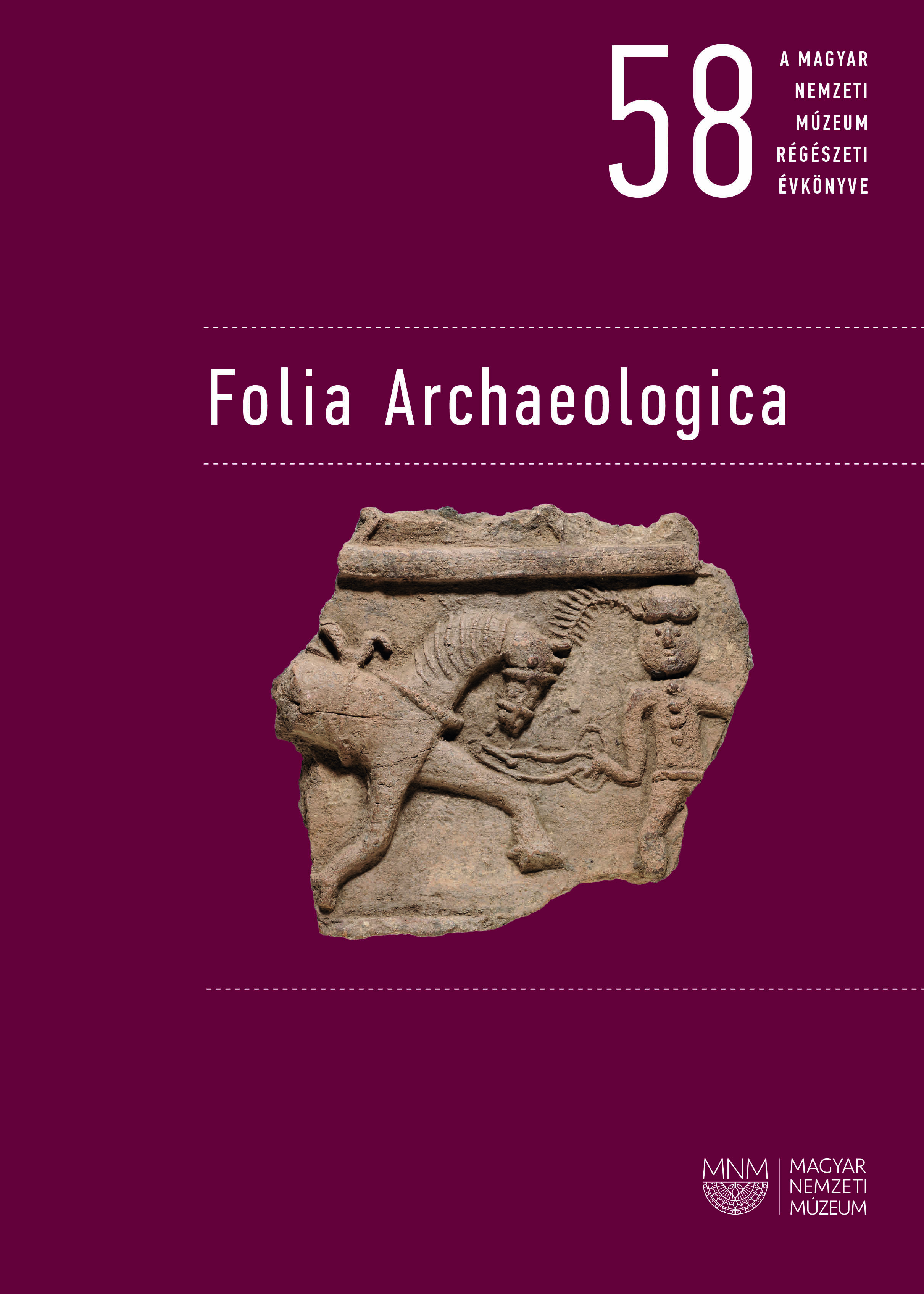A Late Medieval Equine Stove Tile from Sarkad Castle
DOI:
https://doi.org/10.62259/PGKN6068Keywords:
Sarkad, stove tile, ate medieval, castle, palisade fort, horse, sword, horsemanAbstract
Two interesting finds – 16th-century stove tile fragments – have been recovered from the territory of the medieval Sarkad Castle, a barely researched monument. One got into the collection of the Hungarian National Museum in 1900, while the other became part of the collection of the Munkácsy Mihály Museum of Békés County in 1974. The partial patterns of the two fragments complete each other: the horseman persisted on one, the horse on the other, and the two together enable an almost full reconstruction of the shape and decoration (including the ornamental details and the image) of the stove tile. That the two finds belonged not only to the same castle but also to the same late medieval tile stove adds to their significance; their detailed analysis contributes to recapturing scenes from the history of the almost forgotten fortress of the market town of Sarkad and reconstructing how one-time artists depicted daily life in the castle.


